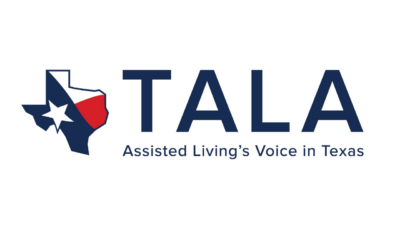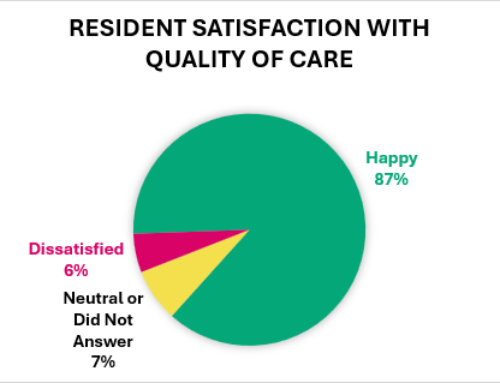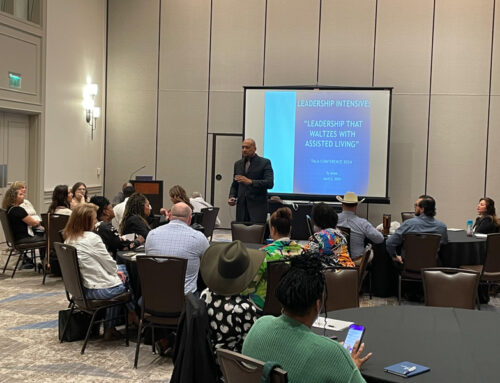The workforce is a topic at the forefront for most senior living operators as operators determine the best way to balance labor and business priorities without compromising on resident care. Measuring workforce health quantitatively can be challenging, particularly because payroll data can be complex. However, there are a few simple and actionable ways to use payroll data to measure workforce health by using three key performance indicators (KPIs).
KPI 1: New Hire Turnover Within 90 Days
Definition: the number of employees who leave less than 90 days after their start date.
How to Calculate It: Pick a period (i.e., June 2023) and count the total number of new hires in that period. Then count how many of those employees left within the first 90 days. Take the number of leavers and divide it by the total number of new hires. Multiply this number by 100 to get the New Hire Turnover Rate expressed as a percentage.
Value: Low new hire turnover is essential for the stability and health of the workforce. After all, you just put a ton of time and effort into finding, hiring, and training the right candidate. If they quit within 90 days, you may want to reevaluate your hiring / interview process as well as onboarding to see where / when new hires tend to quit (after 30 days? In specific roles? Or communities?) to see if there are areas to focus on.
Please note that 0% turnover is not necessarily the goal: in some cases, turnover may be a good thing. For example, there may be employees who turn out not to be a good fit or demonstrate “red flags” after their start, and employees can be promoted to other roles.
KPI 2: Percentage of Unfilled Job Postings
How to Calculate It: Take the number of open positions and add that to the number of current employees. This gives you the number of employees you need to be “fully staffed”. Then, divide the number of open positions by the “fully staffed” number and multiply the result by 100 to get the Percentage of Unfilled Job Postings.
Value: This KPI tells you the effectiveness of your hiring process as well as the overall health of your workforce. This KPI also illustrates how close you are to your ideal staffing levels.
KPI 3: Average Tenure for Employees
Definition: On average, how long employees have stayed with the organization.
How to Calculate It: Take the start date of all current employees and count the number of months (or days) since then. You can do this by running a payroll report and using Excel to calculate the difference between today’s date and their start date. You may want to drop the outliers at each end such as brand-new employees and people who have been at the company far longer than the norm (i.e., the founders of the company) to get a more accurate average.
Value: A higher average indicates a stable, experienced workforce, underscoring the organization’s ability to retain talent and foster employee loyalty.
Ideas for Going Further
These KPIs are great starting points, but you may want to go further! You could break out these KPIs by community or department to get more granular insights. You should also consider the nuances of your portfolio: for example, a brand-new community might have a much higher rate of unfilled job postings compared to longer established communities.
This article contributed by the TALA Workforce Development Committee. Thank you to the following: Paul Jarvis (Clarent), James Lee (Bella Groves), Charles Turner (KARE); and Douglas Tutt (Hcareers).





